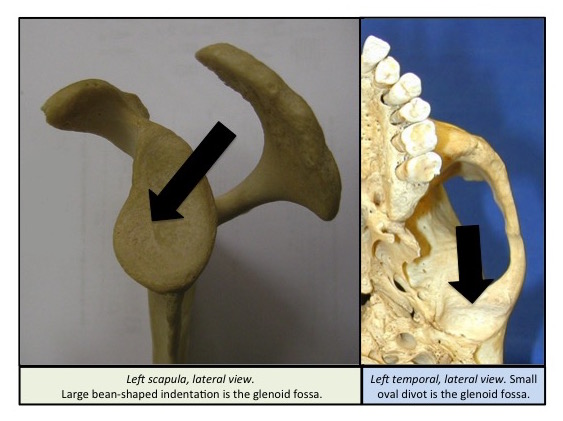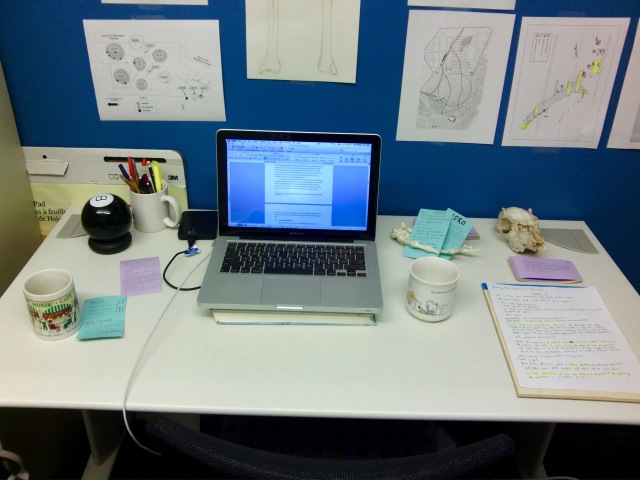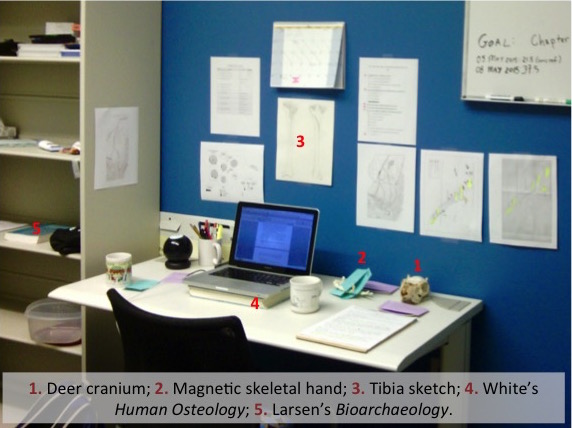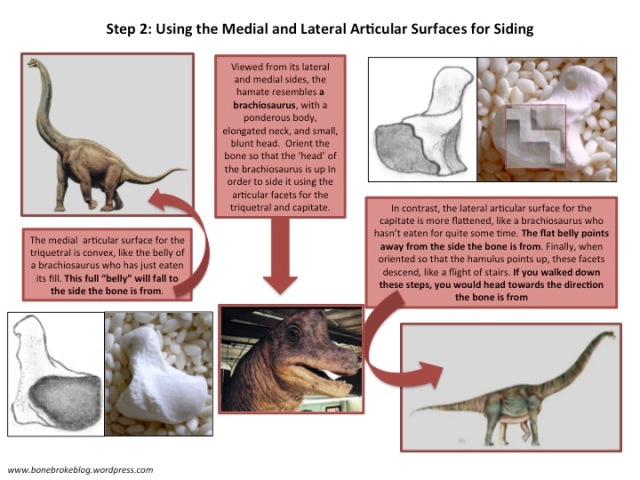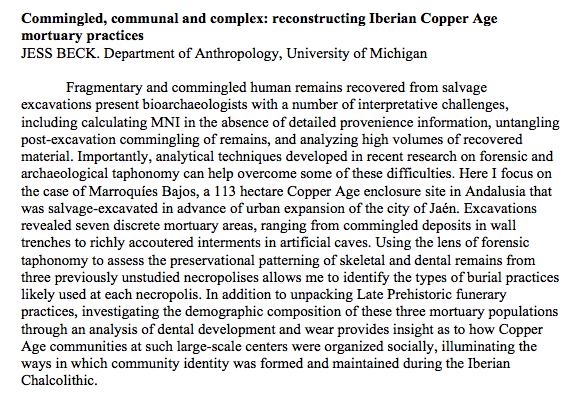I heard yesterday that an article co-authored by Katy Meyers Emery and Kristina Killgrove was published in the journal Internet Archaeology. It was a piece I was particularly interested to read because last year Meyers Emery and Killgrove contacted me to ask if I’d answer some questions about blogging as a bioarchaeologist. In their article they discuss their own blogs, Bones Don’t Lie and Powered by Osteons, and also contacted a number of other bioarch bloggers, including myself, These Bones of Mine, Strange Remains, and Deathsplanation. I was pretty pleased with myself because I’ve met three of the five other bloggers (Alison and Dolly, watch out, I’m gunning for you at the next conference).
The article is well worth a read, particularly because it’s open access, a rarity in academic publishing. The piece serves as a call to arms for bioarchaeologists to put their money where their mouths are (or rather, to put their fingers where their keyboards are) when it comes to publicizing bioarchaeological research:
“While a solid cohort of bioarchaeology bloggers does exist, there is much room for growth and expansion of our group to fill the gaps in coverage and add their voices. Additional interest in digital outreach through blogging can only strengthen the broader field of bioarchaeology, and there are numerous ways for scholars to contribute to the causes of furthering disciplinary engagement and expanding our repertoire of communication practices. The public is already spellbound by bones and bodies; blogging about bioarchaeology helps paint a more nuanced picture of the biocultural nature of humans. The public interpretation of our research cannot be left in the hands of journalists and fiction writers — we, the bioarchaeologists, must be the protagonists and advocates of our discipline” (Meyers Emergy and Kilgrove: 2015).
If you’re interested in reading the rest of the article, which covers the existing bioarchaeology blogger demographic, the relationship between blogging and public outreach, the personal benefits of blogging, and some best practices advice, here’s a link to the online article, as well as the pdf version.
PDF: Bones, Bodies and Blogs: Outreach and Engagement in Bioarchaeology
Finally, if you JUST CAN’T GET ENOUGH of my thoughts on blogging and bioarchaeology, here are my responses to their questions in full.
Image Credits: Little dog enjoying its own parade found here. Internet Archaeology logo is from the journal website, here.




